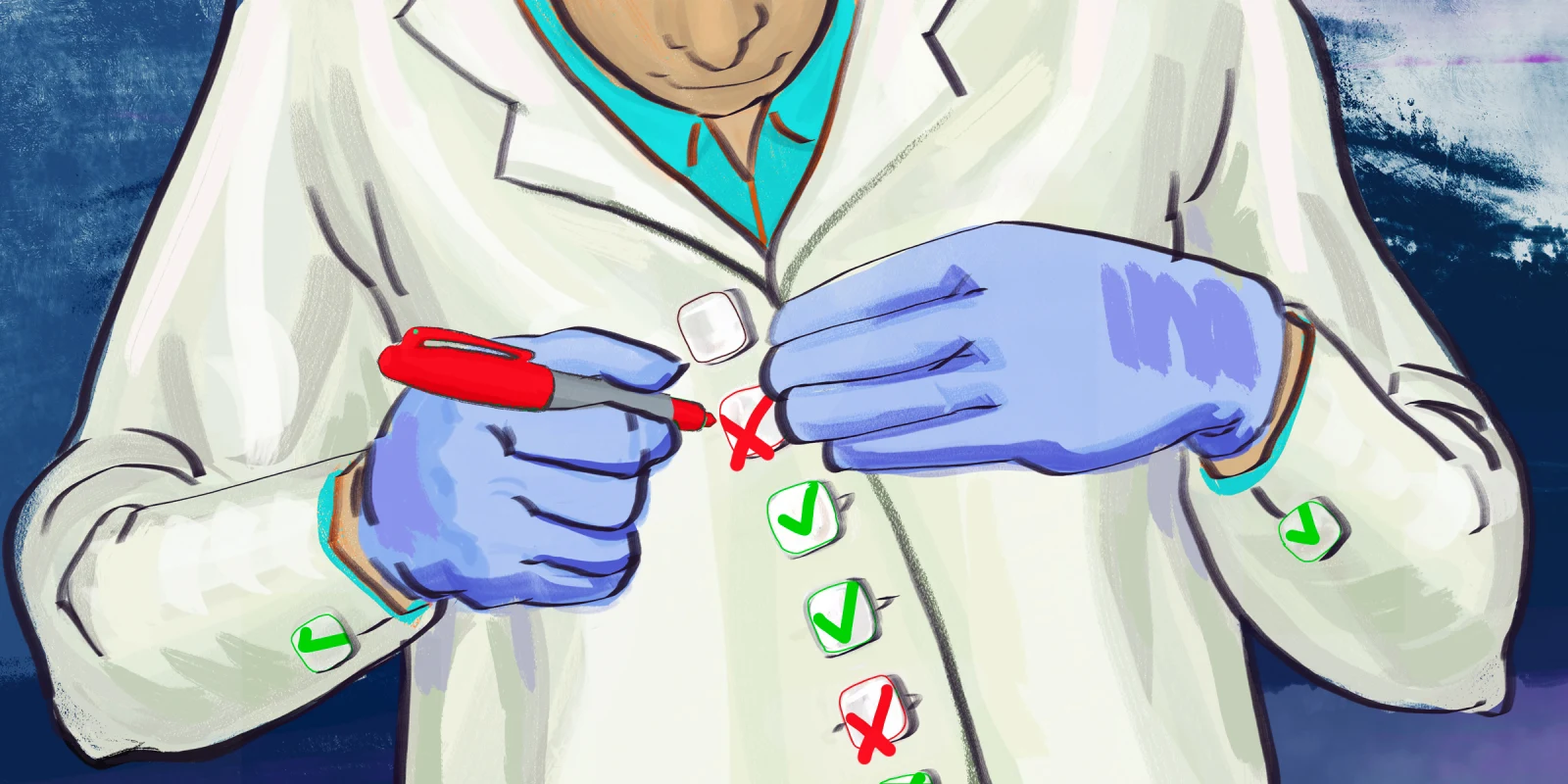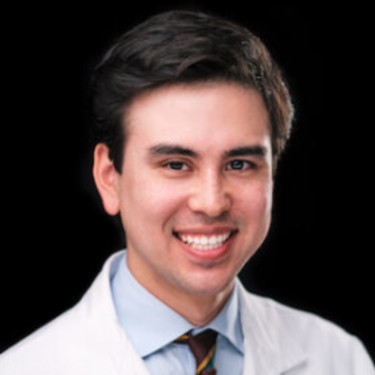“There is peril at every turn.”
“I always think of the ways I can kill the patient.”
“This surgery has a hundred steps, but we just need one to go wrong.”
These are some of the lines that I have heard from various attendings in my time as a resident. Each may contain a bit of educational hyperbole but, as with most cliches, they also reflect underlying truth. And while these sentiments may have been tailored for the OR, they certainly apply to other aspects of patient care. The study and practice of medicine present ubiquitous chances for failure. In fact, it’s a paradoxically necessary part of the process of becoming a well-trained physician.
Obviously, not all failures are created equal, and each has a different emotional impact. The range of missteps is broad, stretching from innocuous errors such as not knowing answers to teaching conference questions to major mistakes during procedures. Incorrectly guessing the branches of the cavernous segment of the internal carotid artery may be slightly embarrassing in the moment; participating in a case that was associated with a significant postoperative stroke can remain with you forever.
As residents, we work extremely hard to stave off these failures. We study, we prepare for cases, we memorize treatment algorithms, we intimately familiarize ourselves with the logistical workings of the hospital to minimize inefficiencies, and we double-check our teammates’ work to catch errors. Nevertheless, speaking from personal experience in neurosurgery, learning even the basics of this specialty takes concentrated time — many years, in fact. As interns, we are granted the privileges of a practicing physician but really spend much of our year just learning the nuances of how the neurosurgery service operates. If we start developing skills in the OR it’s a bonus. At this point we are still heavily supervised and learn largely from our more senior peers.
Then comes PGY2, the most intense year as the juniors are molded into functional residents by actually shouldering the full spectrum of responsibility for the first time. This forging of a competent junior often takes place in the flames of failure. You aren’t particularly good at any one thing. You improve by experiencing more, reading more, and practicing more, but you also progress by being too slow, too inefficient, too green, and not knowledgeable enough — learning, in retrospect, by analyzing your missteps.
What’s especially frustrating is that this bumpy road will occur regardless of your best efforts. It’s inevitable and happens to everyone. Medical school, itself a tremendous amount of work, prepared us to not look like complete fools when discussing the basics of physiology and disease, but there was no way it could provide us with a proper window into residency specifics. There’s simply too much to know. As I told residency applicants at one of our program’s recent interview dinners, you can be the best applicant in the country and you will still look like a novice when you start residency. There are always new curveballs, new twists on textbook scenarios, new next steps about which you have no idea. You can try to guess correctly, sure, but your instincts, even when correct, may prove inadequate because you have never been put in that particular situation to understand how far your duties extend.
Multiple such scenarios jump to mind immediately from early PGY2. There was the acute subdural hematoma in a patient with a contralateral VP shunt for which I did not immediately turn up the shunt resistance (I had never seen that done as an intern). The hemorrhage subsequently expanded. Was this due to the pressure differential caused by CSF diversion? Hard to know for sure, but I certainly didn’t do all I could to minimize the odds of further hemorrhage. (To boot, the patient’s shunt was for normal pressure hydrocephalus, a decidedly benign condition, which meant that we could adjust his shunt with minimal risk.) There was also the patient with a large right basal ganglia hemorrhage who necessitated a left-sided EVD. Until that point, I had only put in right-sided EVDs. I knew the steps and workflow but had never passed the catheter with my left hand. I skived laterally, barely in the ventricle, tickling the thalamus. The catheter worked when the ventricle was abnormally large but quit draining as it collapsed. The patient required a new drain a day or two later. I could cycle through many more instances when I was too inexperienced to know what I didn’t know. Each time I had to endure the shame of discussing the mistake with my chief; each time I promised to improve.
There are no two ways around it — this process is rough. The early years of residency are in many ways a collage of dropped balls, anxiety, and feeling like a moron. Being especially averse to failure is something that seems to be hardwired into aspiring physicians — perhaps a byproduct of the long and hyper-competitive path that leads to medical school and residency, or perhaps we already start out this way. Fortunately, while these growing pains never completely disappear, they do abate over time. My PGY3 has been better than PGY2, and PGY4, I am told, is better than PGY3. Only after that fourth year, though, have we sufficiently paid our dues to be considered a senior resident.
This is not to say that the blunders end there. Chief residents make mistakes. Attending physicians make mistakes. One of the more interesting facets of medicine is the need for lifelong learning as medical knowledge continually progresses. And it’s a central — if slightly unsettling — irony that errors will always comprise a necessary source of this education.
This stress can weigh on residents in different ways. I have seen it shake confidence and cause residents to retreat into themselves. Some cope with it in a beneficial, constructive manner, others not so much. For what it’s worth, I have tried to remain conscious of striking a healthy balance between internalizing my mistakes and using them to avoid the same errors in the future. I have a natural tendency toward self-flagellation but recognize that I can’t spend too much time beating myself up over any one mistake, as it yields diminishing returns over time. Certain mistakes will unavoidably haunt you, but it’s important to see them as learning opportunities rather than referendums on your potential. We must regularly revisit these events to use them as fuel for improvement. The same situation will arise in the future for a different patient and we will use our prior pain to provide them with a better outcome.
A good support system is key to this balance and to perspective.I have relied heavily on my co-residents and friends in other specialties, spending late nights talking about our mutual tribulations to achieve much-needed catharsis. My parents, both physicians, have similar stories from their training experiences that help to underscore how these trials span generations. Most encouragingly, observing how the residents ahead of me have transitioned from unsure, inexperienced juniors to competent chiefs and fellows serves as a reminder that the process, while slightly different for everyone, eventually yields the required expertise.
How do you cope with mistakes in medicine? Share your strategies in the comments.
Dr. Alex Yahanda is a PGY3 neurosurgery resident at Washington University in St. Louis. He also received his MD and MPHS degrees from Washington University. Dr. Yahanda is a 2023–2024 Doximity Op-Med Fellow.
Illustration by Jennifer Bogartz







